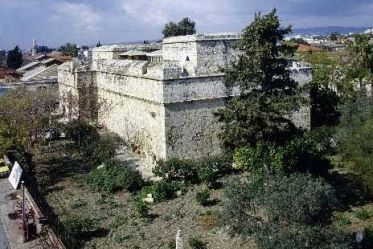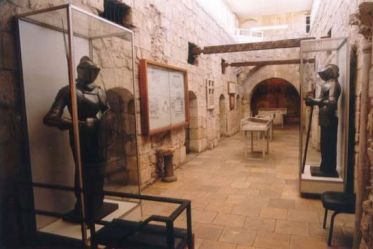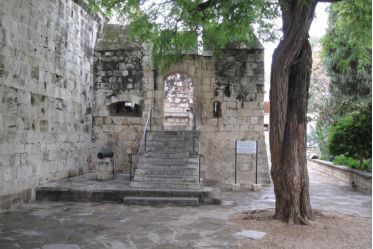![]() +357 24 828 100
+357 24 828 100
![]() +357 24 828 100
+357 24 828 100
The Medieval Castle of Limassol, situated near the old harbor in the heart of the historical centre of the city of Limassol, houses the Medieval Collection of the Cyprus Museum. The castle as it appears today is a structure rebuilt under the Turkish domination (19th century). The architectural features of a much more extended Medieval Museum have been included.
Archaeological investigation within the castle revealed that it was built over an Early Christian basilica (4–7th century CE) and a Middle Byzantine monument (10th–11th century CE). Other finds beneath the Castle witness the existence of an important church, possibly the city's first cathedral.
According to Etienne Lusignan, the original castle was erected by Guy de Lusignan in 1193. The first official reference to the fort dates back to 1228 when Frederick the Second of Germany and his supporters sent to prison the hostages seized by Ibeline, the king regent of Cyprus.
Until the beginning of the 16th century, damages were caused by the continuous attacks of the town by the Genoese and the Mameluks as well as by earthquakes alternating with restorations and reconstructions.
In 1538 the Ottomans captured Limassol and the castle. The Venetian governor of Cyprus, after recapturing the castle, decided to demolish it in order to avoid its possible seizure.
After the Ottoman acquisition of Cyprus in 1576, the remains or parts of the remains of the castle were incorporated in the new Ottoman fort, completed in 1590, which was considerably strengthened. The underground chamber and the first floor were transformed into prison cells and remained in use until 1950, when the Ottomans conquered the castle and used it as a garrison and jail. During British Rule it functioned as a police station, and briefly as a place of detainment.
According to tradition, this is where Richard the Lionheart married Berengaria of Navarre and crowned her Queen of England in 1191.
From the roof of the castle you can enjoy the panorama of the city.
Accessibility: Non-wheelchair accessible.


